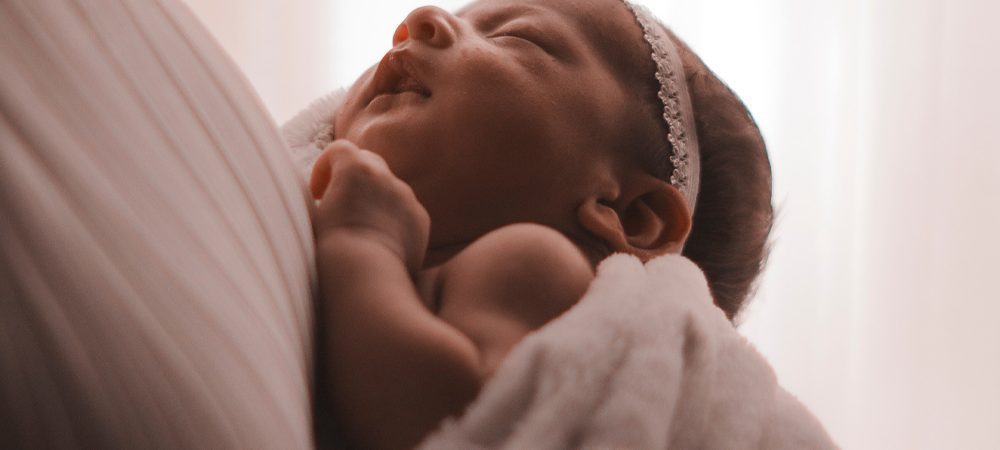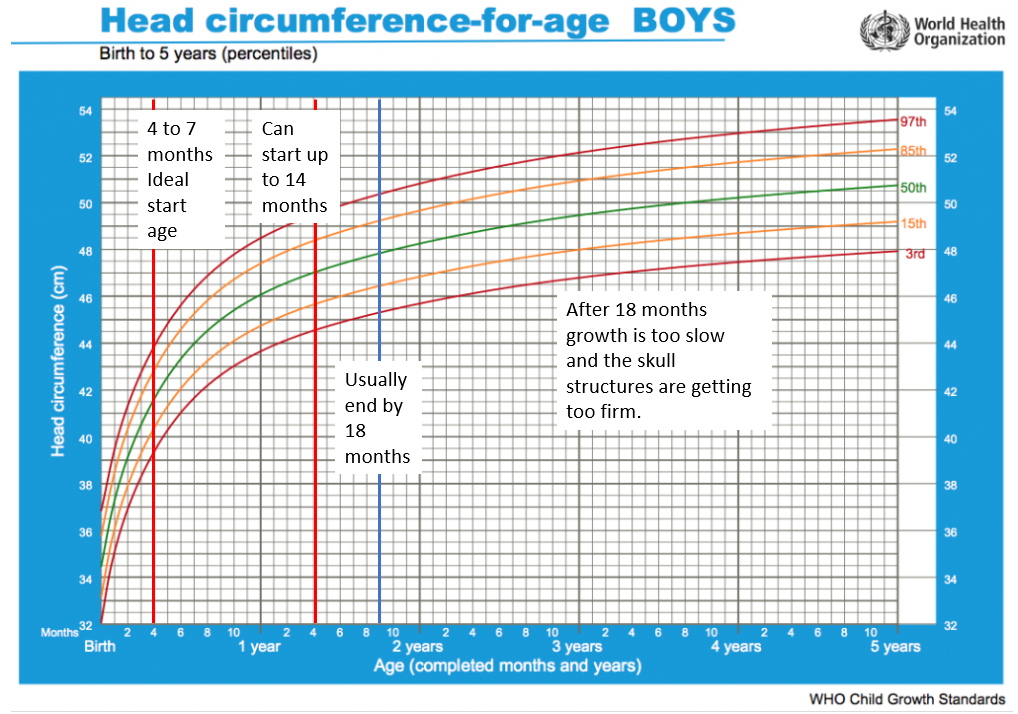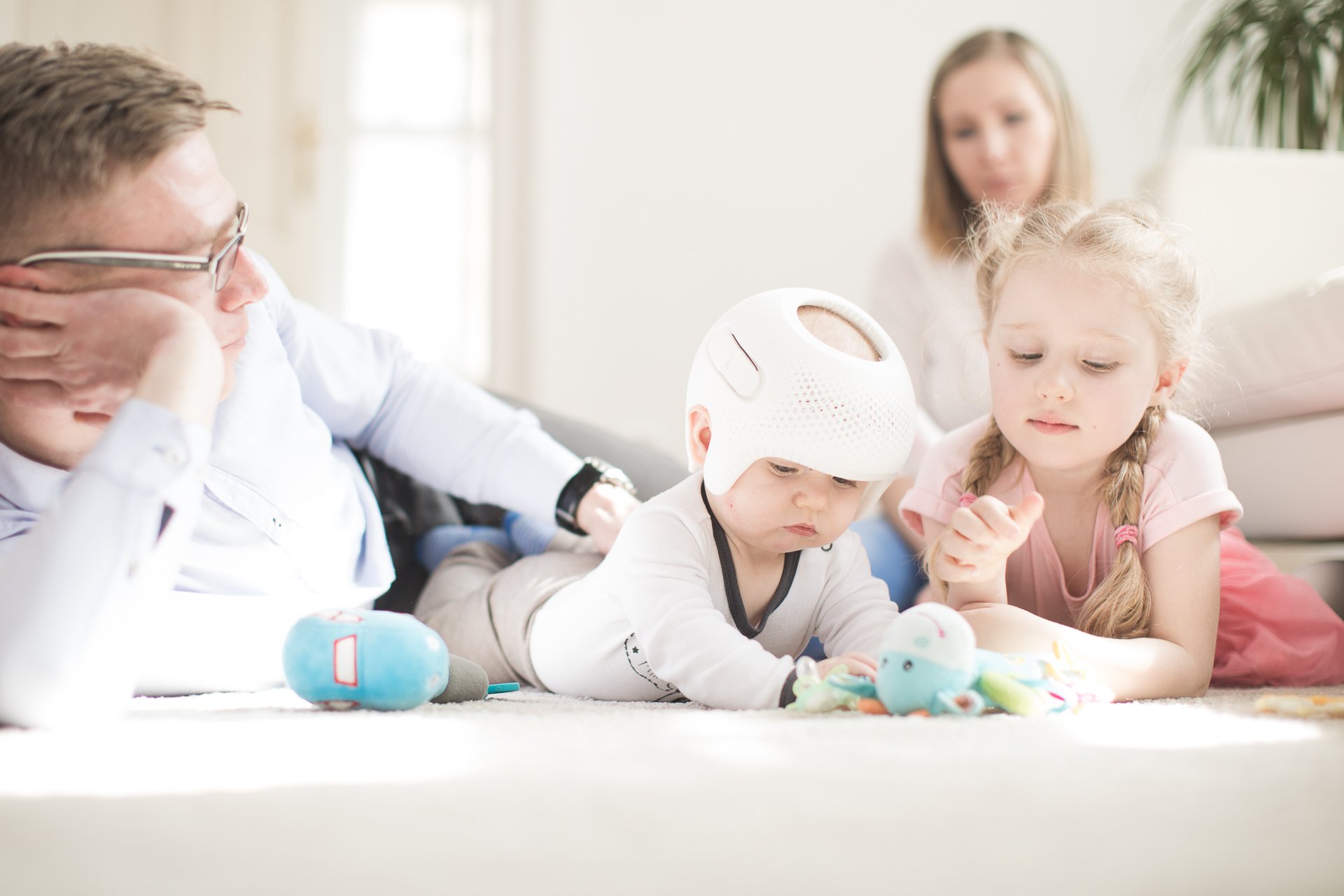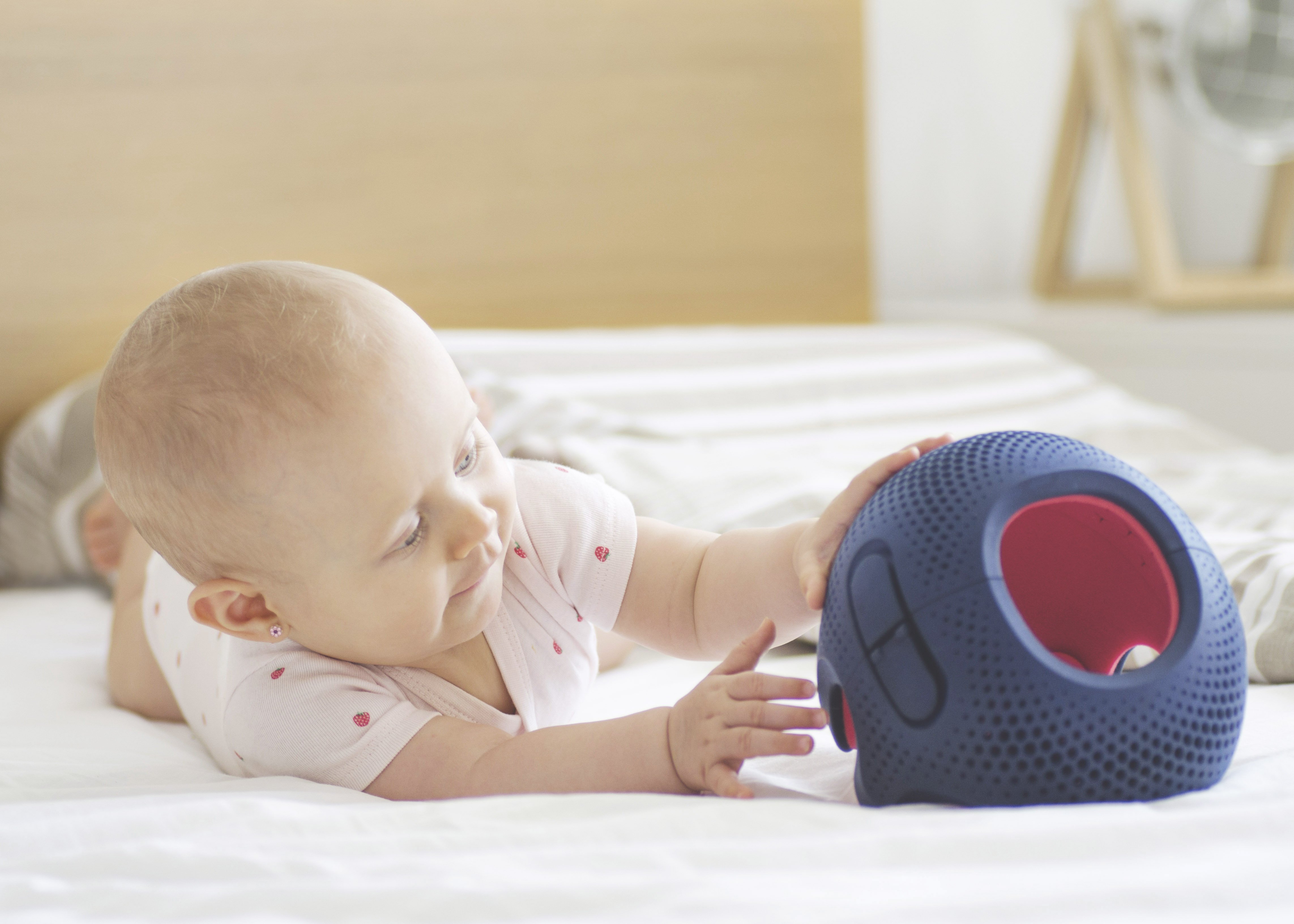
Understanding Plagiocephaly Treatment
The first step in comprehending the duration of your baby’s treatment is understanding the available options. Plagiocephaly treatment typically involves two main approaches: repositioning techniques and cranial helmets.
Repositioning Techniques and Their Impact
Repositioning techniques involve encouraging your baby to spend more time on the unaffected side of their head. This simple yet crucial step can help in gradually reshaping the head over time. Pediatricians and specialists often recommend incorporating more tummy time, supervised side-lying, and varied head positions during playtime and sleep.
The effectiveness of repositioning techniques may vary depending on the severity of the plagiocephaly and how consistently these techniques are applied. For mild cases, significant improvement may be seen within a few weeks to a few months. However, for more moderate to severe cases, the progress may take longer.
Cranial Helmets and Their Role in Treatment
In cases where repositioning techniques alone may not yield the desired results, cranial helmets, also known as plagiocephaly helmets or orthotic helmets, can be recommended. These custom-made helmets provide a non-invasive solution by gently reshaping the baby’s head during its critical growth phase.
Duration of Cranial Helmet Treatment
Parents often ask us “How long will my baby’s plagiocephaly treatment take?” and the answer is difficult to be precise. The three main variables of treatment length are, whether the baby was born prematurely, the baby’s age at the start of treatment, the rate of head growth and the severity of the deformity. On average, babies wear the helmet for several months, typically ranging from 3 to 6 months. Throughout the treatment, regular follow-up visits with the healthcare provider are essential to monitor progress and make any necessary adjustments to the helmet.
In the first 3 years of life a baby’s head is expected to grow by almost 140mm in circumference and most of this growth is achieved before the age of 18 months, with only 18mm more growth from 18 months to the age of 3. Before 4 months of age, growth is very rapid and in these early weeks it’s expected that your baby’s head will grow by 68mm. So, growth and changes are both rapid and before 3 months of age, we don’t really recommend treatment as there are huge opportunities for changes and improvements to happen naturally on its own. We always take prematurity into account and this can be a factor in reducing the length of time that a baby needs to wear the orthosis (otherwise known as a helmet).
If the deformity is not large, we only need to add enough growth room to bring about correction. So, the younger that the baby is or for less severe deformity, the quicker the resulting treatment will be. Young babies of 4 months of age with a moderate deformity can complete treatment within 6 to 8 weeks. Older infants are growing more slowly and can have more rigid skull structures so these can take up to 3 to 6 months to complete treatment.

Those babies with very severe deformities always achieve a good result and if the baby is young enough, parents sometimes decide to continue to take the opportunity for more improvement with a second treatment. As the infants is older, second treatments will take longer to complete but they do add significantly to the end result.
So, the duration of treatment is growth dependent, not time dependent and parents are all different, some wanting to just get it finished and others who want to go on for longer. Either way, the treatment is always successful and we work hard to be honest in the duration and expectations that the parents can achieve.
Monitoring Progress and Celebrating Milestones
As you embark on the journey of your baby’s plagiocephaly treatment, it’s crucial to remember that every child is unique. Celebrate each milestone achieved, whether it’s improved head shape, enhanced neck strength, or increased head control. Patience and consistency are key during the treatment process.
If you would like more information on the TiMbandAir helmet plagiocephaly or brachycephaly treatment, email us at info@technologyinmotion.com, phone us on 0330 100 1800 or book a FREE pre-assessment today.


